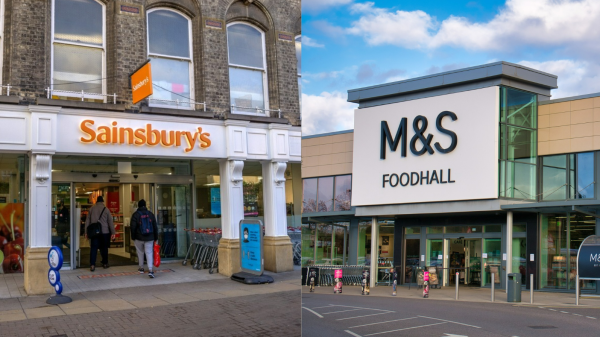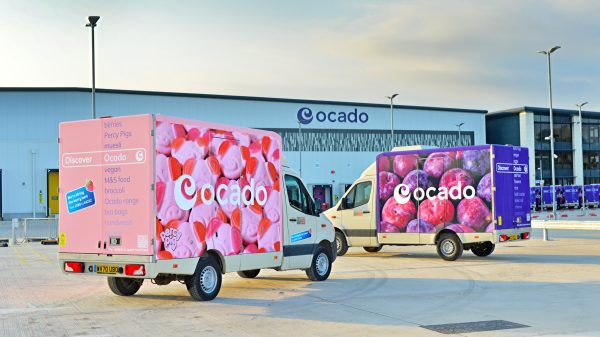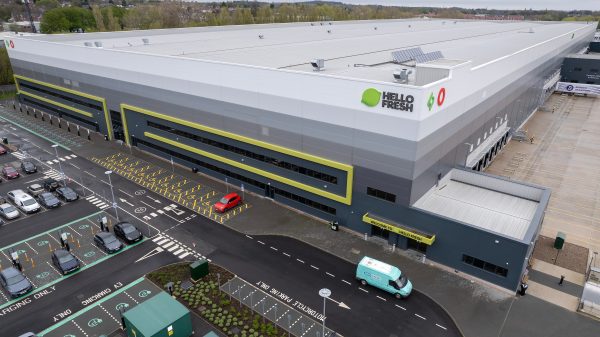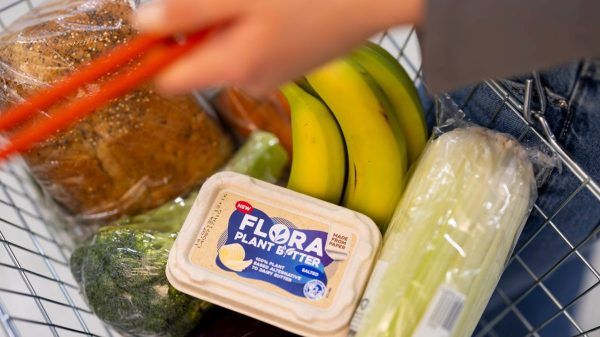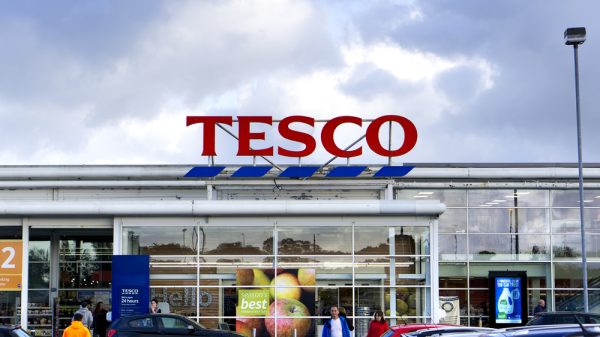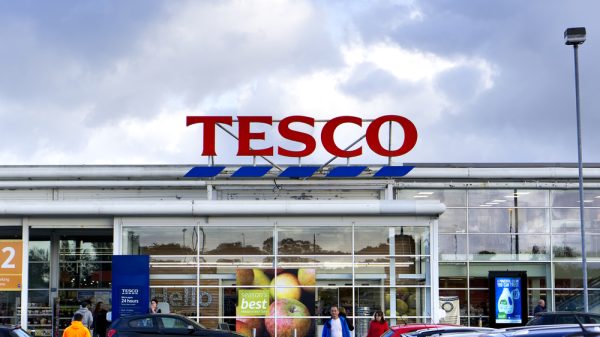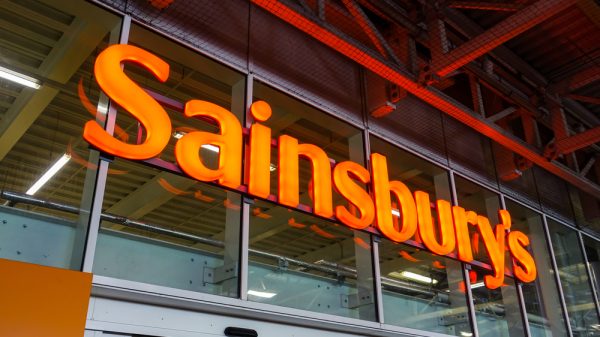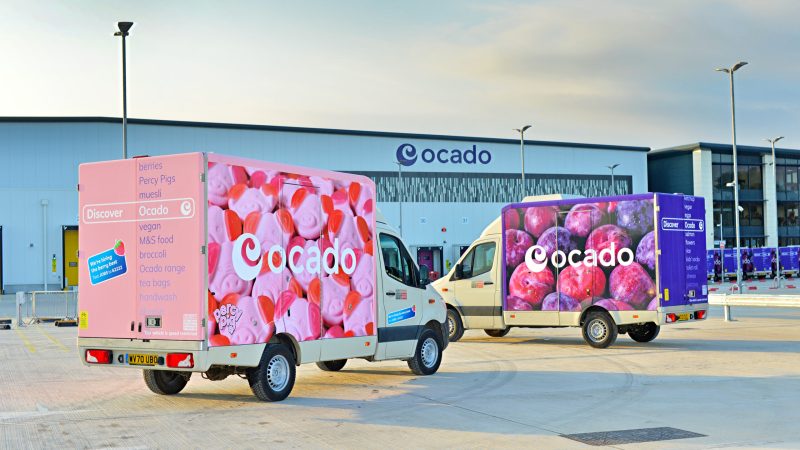The climate emergency is one of the defining issues of our time and the race is on to dramatically reduce our impact on the environment to protect the future of our planet.
Five and a half years ago, the UN General Assembly set optimistic goals for the world of tomorrow. Covering everything from access to education to gender equality, these Sustainable Development Goals (SDGs) also included a vision of halving global food waste at retail and consumer levels by 2030.
But this lofty ambition has not turned into action. We still waste food at an alarming rate.
By the time you have finished reading this article, over 12000 tons of food will have been lost or wasted across the global supply chain.
Worldwide, a third of food produced gets wasted. When food goes to landfill, it creates methane – a greenhouse gas 27 times more potent than carbon dioxide. And that’s not the only problem.
Just think: it takes about five brimming bathtubs of water to produce a carton of six eggs. When we throw them away, it’s not just the eggs were wasting – we’re wasting everything it took to produce, package and transport those eggs too.
A strawberry that drops to the floor while growing in a field does not have the same environmental impact as one that was picked, packed in plastic, flown halfway across the world, driven to local store in a HGV only for you to let it grow mouldy in the fridge and then dispatch it to UK landfill in a black bin liner.
Food waste is responsible for a staggering eight to 10 per cent of greenhouse gas emissions, and climate experts have said that reducing food waste is one of the most impactful actions we can all take to address global warming.
So what can the grocery sector do about it?
Around five per cent of food waste occurs at retail and wholesale level. This is five per cent we can’t afford to ignore any longer.
The grocery sector has an opportunity to be the ones to lead the way in making a dent in the problem. And with COP26 on the horizon, now is as good a time as any to get the wheels in motion.
To place a stake in the ground and show intentions for change, the first thing that grocers should look to do is to ensure that they have a robust sustainability strategy in place. Often in the past these strategies focus more on plastics and packaging or distribution emissions rather than food waste. But if we really are to reverse the effects of climate change, this should not be the case.
Instead, food waste should be one of the core elements of grocery retailer sustainability strategies. Ambitious and achievable immediate targets should be set here to make a difference in the short term as well as longer term goals to afford the opportunity for long term impact.
The grocery sector can also learn from within. Let’s face it, climate change is not going to be reversed if one brand changes the way that they approach their supply chain.
There are some great examples of where brands are implementing new strategies, processes and practices to tackle food waste and taking these learnings on board will help to accelerate change.
Seeing sustainability as a competitive advantage is not going to create impact where it matters most – on the planet. Instead it is going to take collaboration and open conversation to fight food waste effectively.
Technology can also play a vital role in shifting the dial.
The data and insights we get from technology let us tackle the issue with a level of nuance – and on a scale – that was unprecedented until now. And some solutions are already playing a role in helping to understand, recognise and reduce food waste across the supply chain.
Machine learning technology is helping to monitor freshness of produce in shipping containers, providing options for what to do with food if shipments are delayed so that it doesn’t go to waste.
Forecasting tools are using AI to analyse the weather, the day of the week and special events, predicting demand more accurately than ever before. Smart bins are photographing and weighing the contents of food bins to help track exactly which foods, and how much of them, are going to waste.
Technology can also play a role in driving behaviour change.
Retailers are in need of friction-free solutions to reduce their food waste. They need solutions that do not require hours of training for staff or lengthy processes to be put in place. Apps provide an easy-to-implement platform for businesses with surplus food.
No food business likes to throw away perfectly edible food and apps can provide a safety net for when they find themselves with surplus at the end of the day. Just as with consumers, apps can make people think twice about food waste.
After all, a mindset shift is what we need most of all.
By harnessing technology and tackling the issue at retail level, we can drive the food waste movement forward, challenging societal behaviours as we go and creating a healthier planet for us all.
By Too Good to Go UK managing director Paschalis Loucaides.


